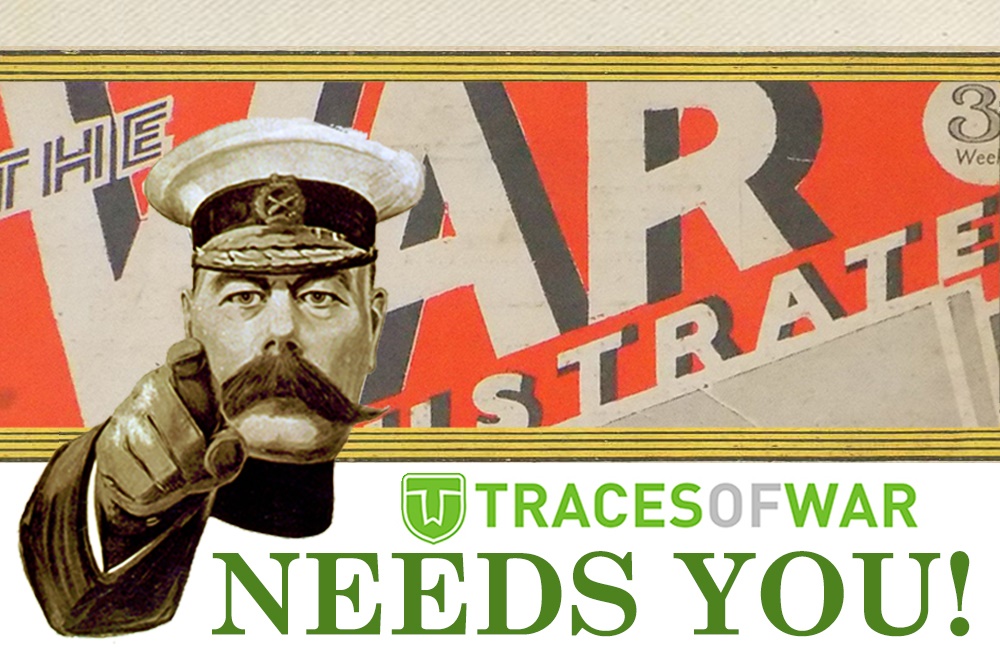Our Colonies in the War: No. 9 - The Bahamas
The War Illustrated, Volume 8, No. 182, Page 41, June 9, 1944.
Consisting of 700 islands, with a total area of 4,375 square miles, the Bahamas have as their capital Nassau, key port on sea routes between Florida, New York, Cuba, Haiti and Jamaica, besides vital inter-island communications. The Bahamas are almost self-supporting and, industrially, the islands are striving to aid the United Nations with the production of a new and superior fibre called sanseveira – a project of great value in view of the loss of Manila hemp. Another revolutionary war effort lies in the agreement between Britain and the U.S., instituted in the spring of 1943, by which native labourers of the Bahamas work on Florida bean and sugar plantations. Thousands have been engaged and the results have been invaluable. Facilities for the establishment of naval and air bases in the Bahamas were granted to America by Britain in 1940.
H.R.H. The Duke of Windsor, the Governor, takes the salute at an R.A.F. parade at Nassau. A meeting of the Legislative Council of the Bahamas which, under the Governor, administers the islands.
Previous and next article from Britain's Colonies in the War
Our Colonies in the War: No. 8 - Sierra Leone
Important harbour is possessed by Freetown, capital of Sierra Leone, on the west coast of Africa. Ceded to Britain by the native chiefs in 1788, the colony, which now includes a large hinterland prote
Britain's Colonies in the War: No. 10 - Cyprus
Strategic strong-point in the Eastern Mediterranean, Cyprus, which proved a deterrent bastion against further German progress in the area during the critical days of the African campaign, has been a B
Index
Previous article
The War at Sea
As the day draws nearer the Germans are evincing increasing anxiety concerning the coming invasion of Europe by the Allies. In an effort to conceal their nervousness they have lately adopted a more bo
Next article
After Four Long Years D-Day Dawns at Last
"An immense armada of more than 4,000 ships and several thousand smaller craft have crossed the Channel..." These were the words of Mr. Churchill announcing the commencement of the long-awaiting invas



